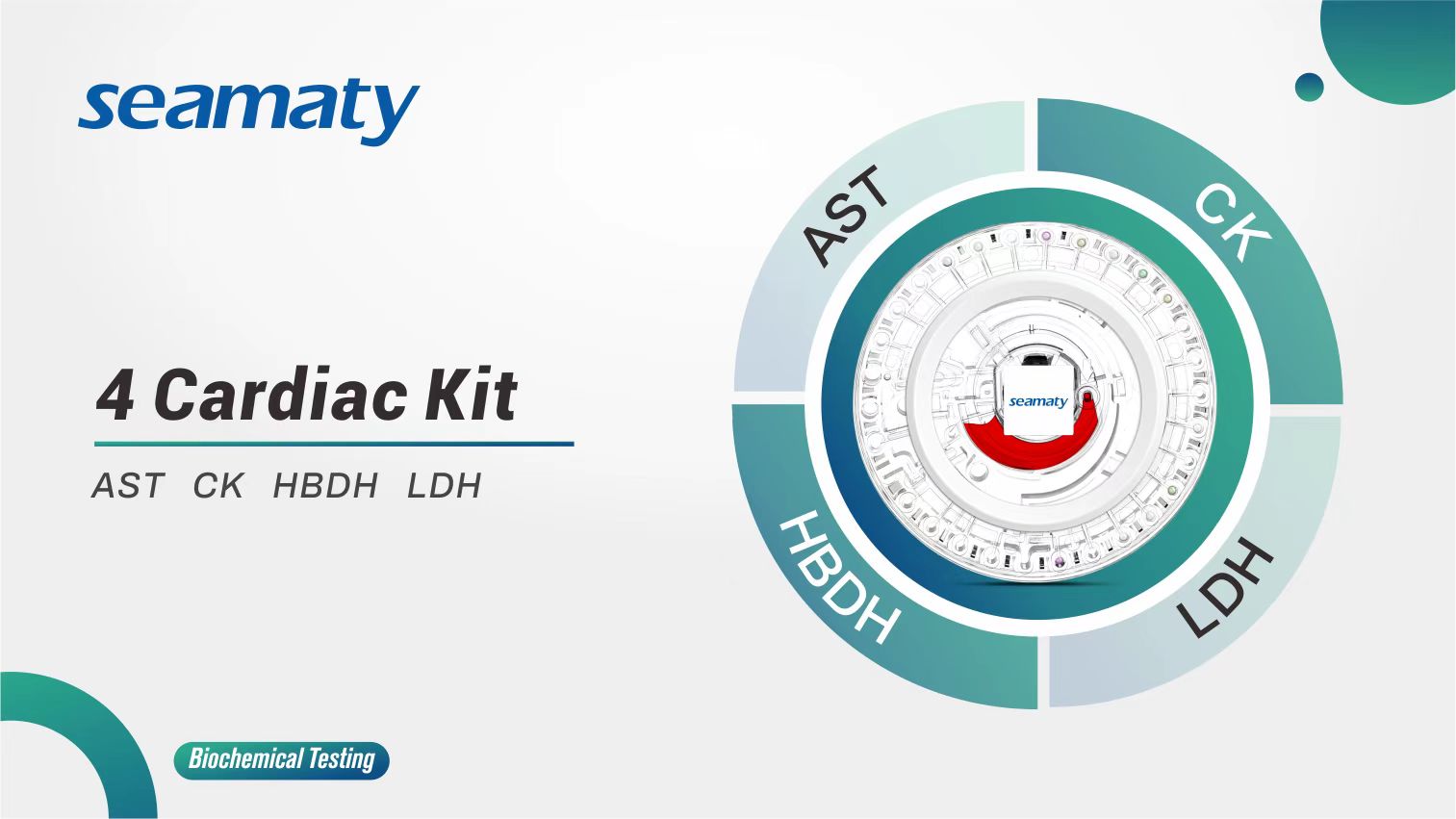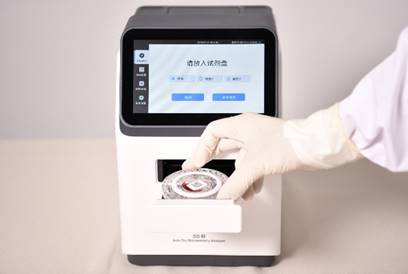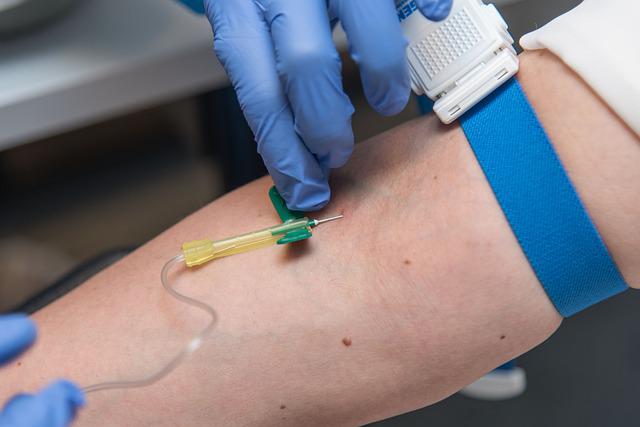According to the WHO, cardiovascular disease is the number one cause of death worldwide. In 2019, 17.9 million people are expected to die from cardiovascular disease, accounting for 32% of global deaths. In addition, more than three quarters of CVD deaths occur in low-income and middle-income countries.
Cardiovascular diseases are a group of heart and blood vessel diseases, and they include
-
Coronary heart disease - a disease of the blood vessels that supply the heart muscle
-
Cerebrovascular disease - a disease of the blood vessels supplying the brain
-
peripheral artery disease - a disease of the blood vessels supplying the arms and legs
-
rheumatic heart disease - damage to the heart muscle and heart valves from rheumatic fever caused by streptococci
-
congenital heart disease - a congenital defect that affects the normal development and function of the heart, which is caused by structural malformations of the heart at birth
-
Deep vein thrombosis and pulmonary embolism - blood clots in the veins of the legs that can migrate and move to the heart and lungs.
There are many different tests that are used to diagnose heart-related problems. They often include electrocardiograms, X-rays, echocardiograms, blood tests, coronary angiograms, radionuclide tests, MRI scans, CT scans and more. Blood tests are often the most basic diagnostic tool. Blood tests can detect various indices of the patient, while myocardial enzyme profile is usually an important parameter in the clinical diagnosis of cardiovascular diseases.
Myocardial enzyme profile
Common myocardial enzyme profile tests include CK, CK-MB, LDH, alpha-HBD, AST, etc. These enzymes are released into the bloodstream when myocardial cells rupture and necrosis occurs, resulting in elevated values, and changes in myocardial enzyme profiles are often used to measure the extent of myocardial cell damage.

1. Creatine kinase (CK)
Creatine kinase (CK) is an important energy-regulating enzyme in the myocardium, catalyzing the production of creatine phosphate and ADP from creatine with energy provided by ATP. Creatine kinase is mainly found in skeletal and cardiac muscle, followed by the cytoplasm of brain tissue and mitochondria.
Clinical significance
-
Diagnosis of acute myocardial infarction: creatine kinase rises significantly 3-8 hours after the onset of acute myocardial infarction, peaks at 10-36 hours, and returns to normal in 3-4 days. If creatine kinase is less than the upper reference value, acute myocardial infarction can be excluded. However, small-scale myocardial injury and subendocardial infarction should also be excluded.
-
Creatine kinase is significantly elevated in viral myocarditis.
-
Creatine kinase may be elevated in polymyocarditis and skeletal muscle injury due to various causes, various intubations and postoperative procedures, and intramuscular injection of chlorpromazine.
2. lactate dehydrogenase and its isoenzyme (LDH)
Lactate dehydrogenase (LD) is a key enzyme in the anaerobic enzymes of glucose that regulates the conversion of pyruvate to lactate. It is widely present in the cytoplasm and mitochondria of tissue cells such as liver, heart, skeletal muscle, lung, spleen, brain, red blood cells, platelets, etc. LD is a tetramer with a molecular weight of 135 KD and consists of five isozymes of M-type and H-type subunits: H4 (LD1), MH3 (LD2), M2H2 (LD3), M3H (LD4), and M4 (LD5).
Clinical significance
When myocardial injury occurs, myocardial cell membranes rupture and mitochondrial and cytoplasmic substances leak out into the intercellular fluid and peripheral blood. Lactate dehydrogenase and its isoenzyme LD1 start to rise 8 to 12 hours after the onset of acute myocardial infarction, peaking at 48 to 72 hours and returning to normal in 7 to 12 days.
Continuous measurement of lactate dehydrogenase has some reference value for patients with acute myocardial infarction who are seen late and whose creatine kinase has returned to normal.
3. α-hydroxybutyrate dehydrogenase (HBDH)
Serum α-hydroxybutyrate dehydrogenase (α-HBDH) catalyzes the oxidation of α-hydroxybutyric acid to α-ketobutyric acid. It is present in all tissues of the body. It is most abundant in cardiac muscle tissue, about twice as much as in liver. Its activity reaches more than half of the total enzyme activity.
The α-hydroxybutyrate dehydrogenase assay is a measure of lactate dehydrogenase (LDH) activity using α-keto acid as a substrate. Since the H-subunit of LDH has a high affinity for this substrate, this enzyme activity is used instead of the activity of LDH1 and LDH2, which contain a high number of H-subunits. When the myocardium is damaged, α-hydroxybutyrate dehydrogenase is released into the blood. Therefore, serum α-hydroxybutyrate dehydrogenase is significantly increased in the occurrence of myocardial disease.
Clinical significance
Increased serum alpha-hydroxybutyrate dehydrogenase is mainly seen in myocardial infarction, active rheumatic myocarditis, acute viral myocarditis, and hemolytic anemia. Although both liver and heart diseases can cause increased α-HBDH activity. However, α-HBDH activity does not vary greatly in liver disease, while it is significantly increased in heart disease. Therefore, α-HBDH can be used for the differential diagnosis of liver disease and myocardial infarction. Active rheumatic myocarditis, acute viral myocarditis, hemolytic anemia, etc. can cause increased LDH1 and LDH2 activity in serum. Therefore, α-HBDH activity is also increased.
4. serum aspartate aminotransferase (AST)
Aspartate aminotransferase (AST) is also known as glutamic oxaloacetic transaminase (GOT). It is widely distributed in all tissues of the body. It is abundant in the liver, skeletal muscle, kidney, and heart muscle. Erythrocyte AST is about 10 times higher than that of serum. Mild hemolysis will elevate the assay.
Clinical significance
AST rises 6 to 12 hours after the onset of acute myocardial infarction, peaks at 24 to 48 hours, lasts for 5 days or 1 week, and then decreases. Because AST is not tissue specific, an elevated AST alone is not diagnostic of myocardial injury.
The 4 Cardiac Kit developed and manufactured by Seamaty covers CK, LDH, HBDH and AST test parameters. It can assist in the detection of cardiovascular disease in patients. When used in conjunction with the
SD1 fully automated dry biochemistry analyzer, the test results can be obtained in less than 12 minutes. This helps doctors to develop medical plans faster.


